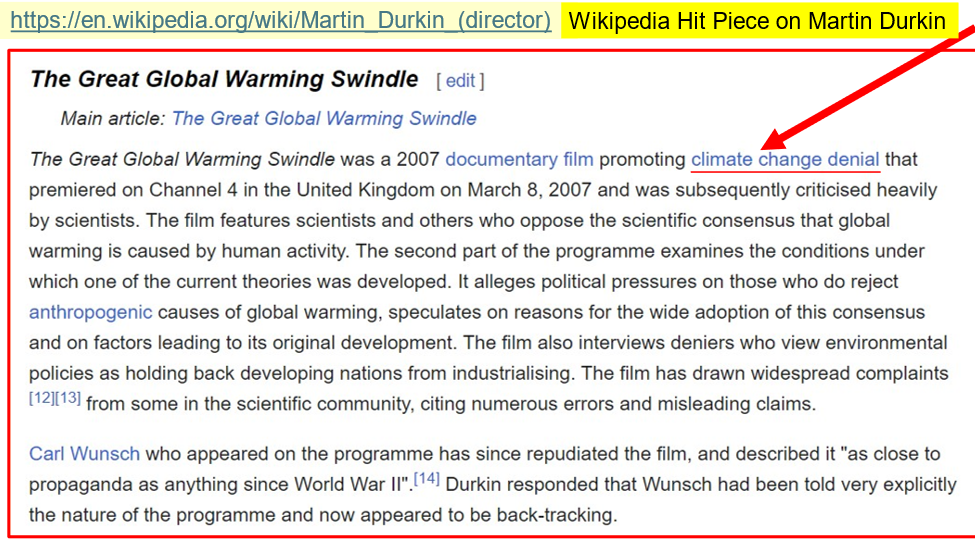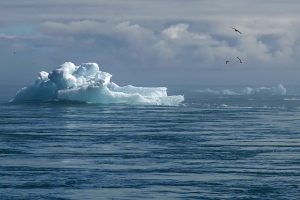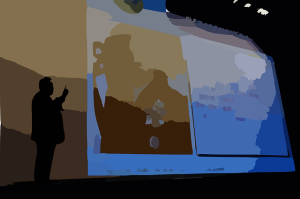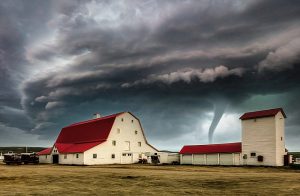Robert W. Endlich
I was very pleased to be able to view and comment on the sequel to “The Great Global Warming Swindle,” (GGWS), a serial documentary directed by the UK’s Martin Durkin and released by Channel 4 in the UK in 2007. The sequel, released in 2024, is “Climate: The Movie.”
INTRODUCTION
It is useful to introduce “Climate: The Movie” by describing how the enemies  of Martin Durkin, GGWS, and skeptics of climate alarm label the video and its director, Martin Durkin. A good example of this is in the Wikipedia listing for GGWS.
of Martin Durkin, GGWS, and skeptics of climate alarm label the video and its director, Martin Durkin. A good example of this is in the Wikipedia listing for GGWS.

The previous phrase, “enemies of Martin Durkin,” might be too limiting. Writ large, this group also includes many/most left-leaning members of society. Some call them the “educated elites;” they include many in Government, Continue reading “Preview and Analysis of “Climate: The Movie””




